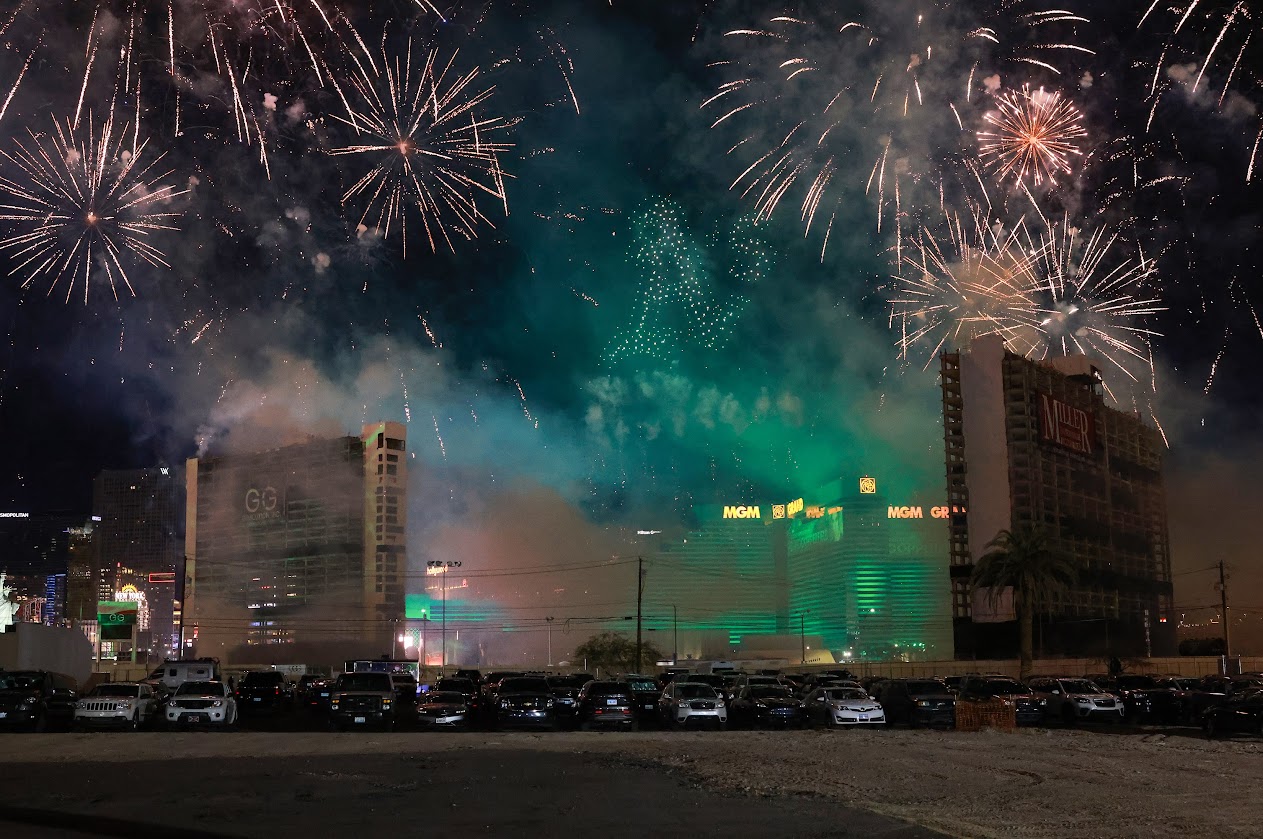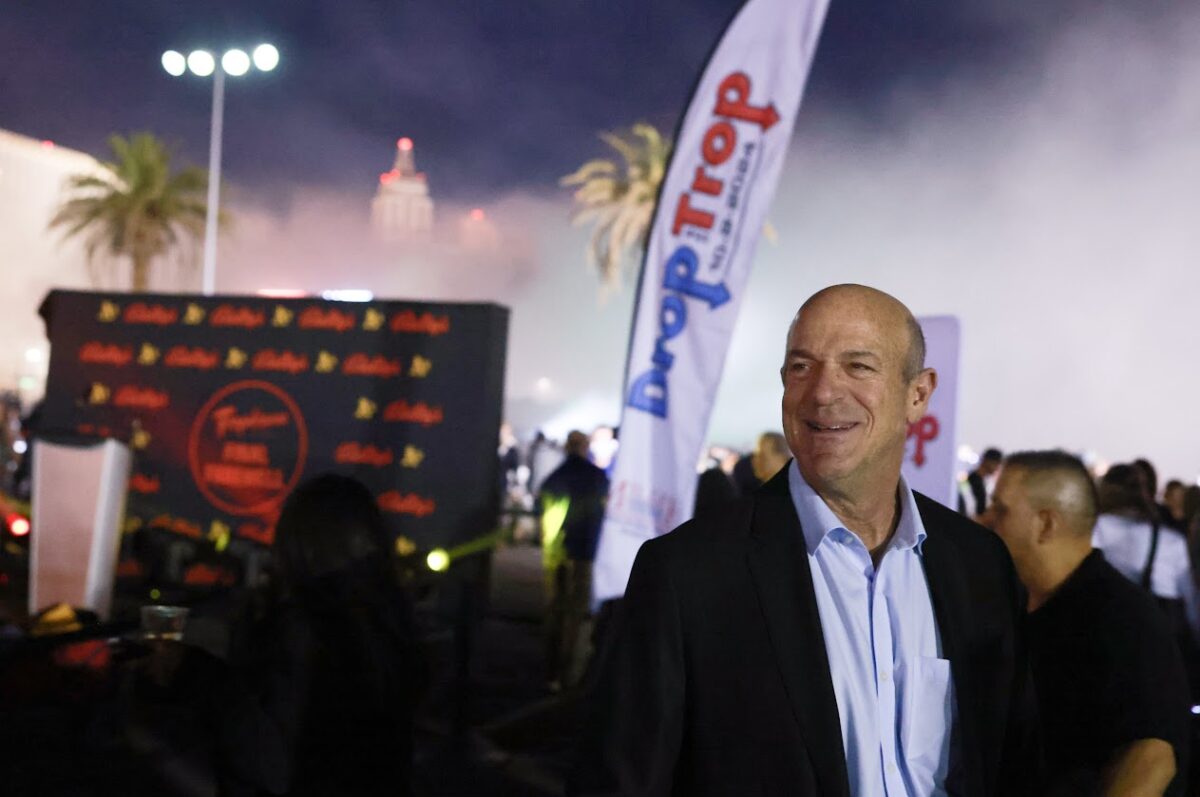Source: A’s ballpark financing ‘in place,’ but public discussion will wait until December

The financing plan covering a $1.5 billion baseball stadium on the Strip “is in place,” according to sources close to the Oakland Athletics, but any public discussion of funding will wait until December.
The Las Vegas Stadium Authority board is expected to finalize at its meeting Thursday three of the four contractual agreements required for the relocation of the Major League Baseball team to Las Vegas.
But that’s not to say the funding for the ballpark has been put aside. In December, the A’s are expected to provide written confirmation of the financing for the ballpark, according to a team source. The financing needs to be in place before construction can begin on the ballpark.
Stadium Authority Chairman Steve Hill said last week the family of A’s owner John Fisher “has the equity to build the stadium.” Funding for the 33,000-seat, closed-roof ballpark includes up to $380 million in public financing, $300 million in debt financing and $850 million from the Fisher family.
In addition to the ballpark, Bally’s Corp., which operated the now-demolished Tropicana Las Vegas where the stadium will be built, is developing a master plan for its part of the site that would include a new hotel and casino and other amenities.
Bally’s Chairman Soo Kim said he was hopeful an opening of the initial phase of the company’s project would coincide with the ballpark’s planned April 2028 opening.
“I think that’s a good goal for us,” Kim said.
Gaming and Leisure Properties (GLPI), which owns the 35-acre site, told analysts last week at the Global Gaming Expo there were funds left over from its $175 million commitment toward the Tropicana demolition that could be used to develop the site’s non-stadium aspects. GLPI committed the funding to Bally’s in May 2023 for the demolition.
In an email to The Nevada Independent, GLPI President Brandon Moore said the real estate investment trust would not cover any of the direct stadium costs.
“It is contemplated that the portion of funds committed by GLPI remaining after demolition would be used to fund the construction of certain site improvements necessary to support the stadium,” Moore wrote, suggesting the money could be used for vehicle and pedestrian access to the site or parking facilities.
Moore did not disclose how much of the $175 million remained. The ballpark is expected to take up 9 acres of the 35-acre site.
“The master plan is not final and the funding needed beyond demolition is not clear,” Moore added.
Hill, who is also CEO of the Las Vegas Convention and Visitors Authority (LVCVA), remarked during a media event ahead of the Tropicana’s early morning implosion that Fisher’s financial ability to fund the stadium shouldn’t be a concern.
He and the LVCVA staff read through the financial information and came away satisfied that Fisher would be able to cover costs. According to Forbes, Fisher has a net worth of $3.1 billion. He is the son of The Gap retail clothing company founders and a founding partner of Sansome Partners, a private investment firm.

“There may be better options than to just use the Fisher family equity to build the stadium,” Hill said. “They'll look for those better options. One may be an investment from local folks in Las Vegas.”
In a brief interview with The Nevada Independent following the implosion, Fisher said he has a “good feeling” about the funds he plans to provide. He said Hill's comments were well-received.
“When Steve indicates that he's got confidence that this is all going to happen from a financial point of view, we should all feel good about that,” Fisher said.
He added that the A’s are working on designs for the interior of the stadium, including food and beverage outlets and club spaces.
“We’re making sure the field design is optimized for baseball, but at the same time, we want to design the facility for other sports and other events,” Fisher said. “In some respects, we're building a slightly bigger arena than some of the others that are in Las Vegas.”
At the public meeting, the stadium authority is expected to finalize language in three agreements — a lease agreement for the stadium, a non-relocation agreement and a stadium development agreement.
The contracts could be voted on at one of two scheduled meetings in December.
In March, the Stadium Authority approved the A’s community benefits agreement, which requires the team to contribute $500,000 annually in cash and in-kind contributions to local charitable organizations and community groups through April 2029.
At that point, the team’s annual financial commitment will be whatever is larger — $2 million, or 1 percent of the ballclub ticket sales revenue for the calendar year. Those contributions are required under the special session legislation that granted the team public financing.
